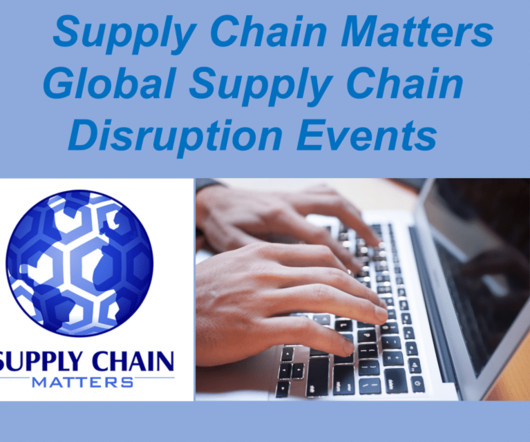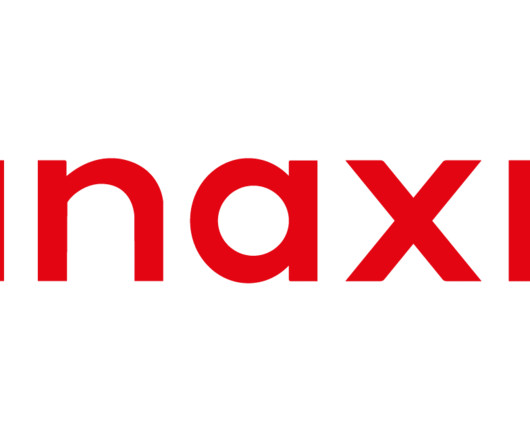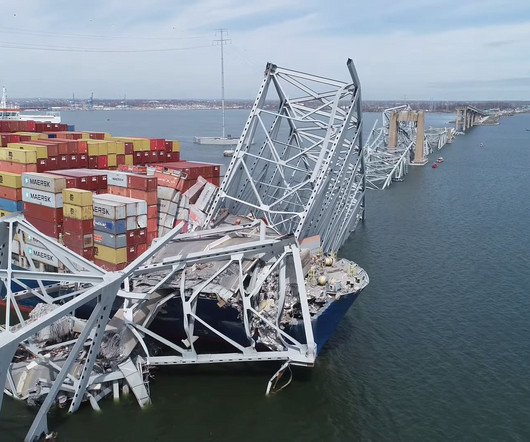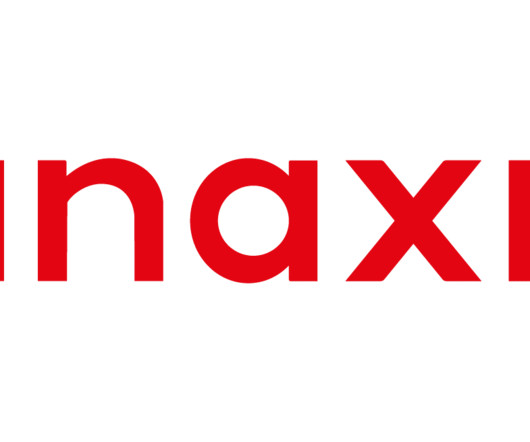Baltimore Bridge Collapse- A Reminder of Supply Chain Risk
Supply Chain Matters
MARCH 27, 2024
A day has passed after a container ship lost power and crashed into a support pylon of Baltimore, Maryland’s Francis Scott Key Bridge in the early morning hours of March 26. miles to partially collapse into the Patapsco River that leads to the Port of Baltimore. The collision caused this massive bridge spanning 1.6 All rights reserved.


















Let's personalize your content